

In this first project, students produce a series of "design machines" in the spirit of the form-finding precedents of Gaudi, Otto, and others. In contrast with these precedents, however, we assert our agency as designers both through the experimental setup of these machines (as is traditional in the form-finding process) and through the creative interpretation of the forms that result. Each design machine progresses through two stages.
In the first stage, the development of each design machine follows a similar arc of each of our precedents. It is noteworthy that we adhere to the traditional form-finding model of authorship during this process, wherein we allow ourselves to assert our authorship not directly, through modifications of the resulting forms, but only indirectly, through interventions upon the process that produced them.
Following the development and documentation of each design machine, we shift our mode of operation significantly in the second phase. Operating now from a compositional model of authorship, we project possible architectural futures onto the objects produced by our machines. To avoid an overly deterministic link between the logic of the form-finding device and the freedom of its interpretation as an architectural proposal, we do not have foreknowledge of the details of the architectural future of the forms we find. Instead one of a a range of possible translations in terms of the structural, typological, and scalar constraints are confronted. In any case, the architectural possibilities of these design machines is explored in this second stage through the development of a single two-view orthographic drawing at scale, printed on a single drawing board.
The development process for a "design machine" is as such:
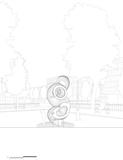
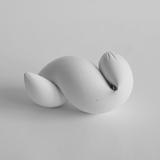
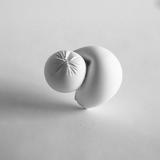
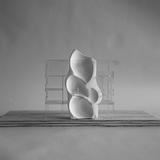
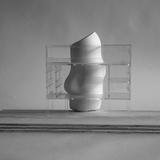
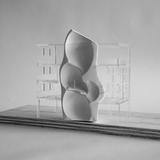





















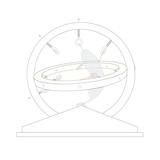
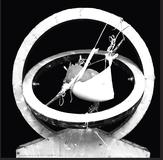
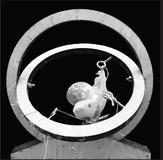
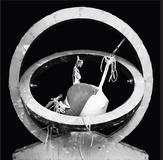








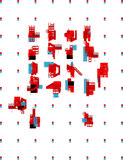
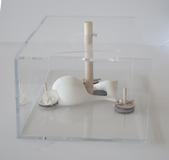

















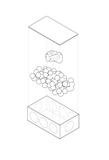
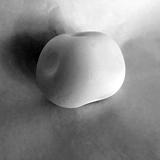
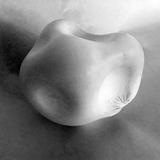
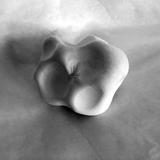
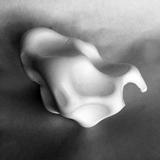
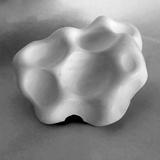
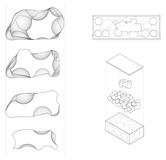
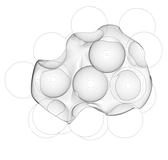
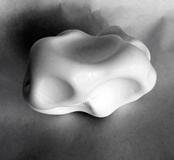
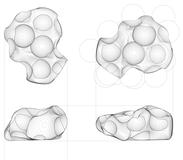






There's more!
Some other projects from this same class have been posted, as well as some interesting student work from this same year.